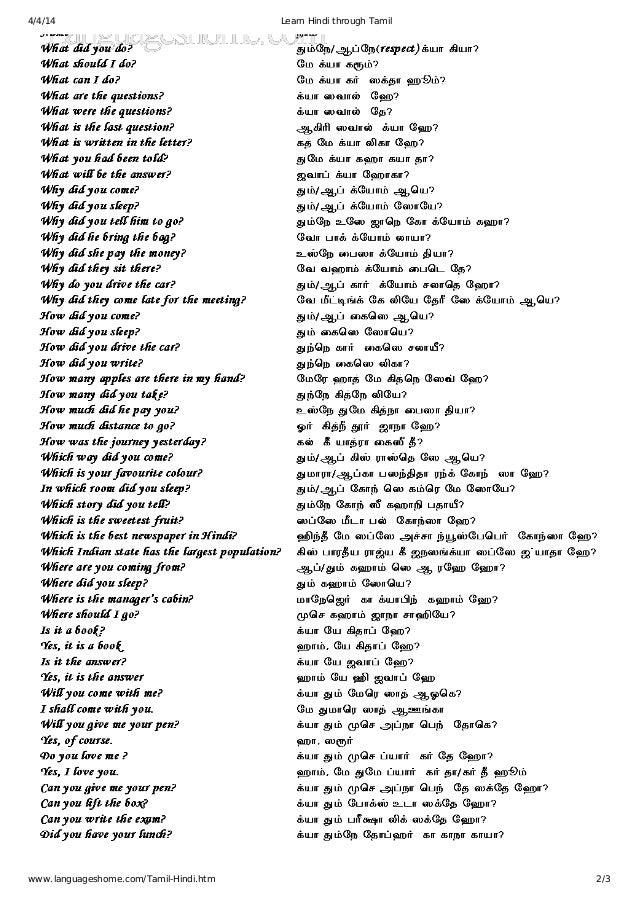

To make the dictionary more user-friendly detailed definitions and one-word equivalents in Telugu have been included for words that needed to be explained further for example, 'cafeteria', 'calendar', 'microscope' and 'the World Wide Web'. The English base of the dictionary, taken from the Oxford Essential Dictionary, has been adapted for Indian readers. Words like 'google, 'microblogging, 'youth club', 'WalkmanTM, 'webcam', and many more have been taken from current usage of English. The dictionary provides 2,000 key words that are the most important words to know in English, 1,100 synonyms and antonyms and 13,000 example sentences. Like our other Bilingual Dictionaries, this has been specially compiled for learners of English, teachers, translators and general readers. It is remarkable that Richardson’s dictionary, perhaps through certain defects in his method, did not at once attract the attention it deserved.This dictionary contains more than 24,000 entries, related phrases, idioms, derivatives and words with irregular forms, and more than 200 illustrations. When all this was superadded the principle of historical illustration, introduced by Richardson, it became inevitable that any adequate dictionary of English must be one of the larger books of the world. The next stage is marked by Johnson’s systematic use of quotations to illustrate and justify the definitions, the many omissions still existing in the vocabulary being partly filled by later supplementary works on the same lines. The principle of general inclusion was practically accepted by Kersey and Bailey. The widening of this arrow range during the seventeenth century is made obvious by the steady increase in size through Ballokar, Cockeram, Blount, and Phillips until the eighteenth. The earlier dictionary makers followed in the line of the old glossaries and directed their attention to such words as were likely to be unfamiliar to the ordinary man. The immensity of this growth is explained by the successive introduction of three new principles in lexicography. To set Cawdrey’s a ‘s alim small volume of 1604 beside the completed Oxford Dictionary of 1933 is like placing the original acom beside the oak that has grown out. If there is any truth in the old Greek maxim that a large book is a great evil, English dictionaries have been steadily growing worse ever since their inception more than three centuries ago.


 0 kommentar(er)
0 kommentar(er)
